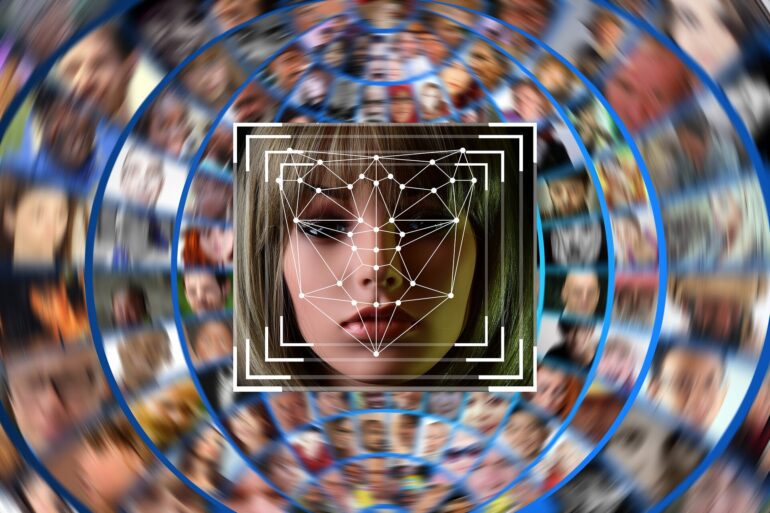TL;DR:
- AI and ML revolutionize user authentication in technology.
- Biometric authentication using facial recognition, fingerprints, and voice recognition is more secure and offers a seamless user experience.
- Behavioral biometrics analyze unique behavior patterns for continuous authentication.
- AI enhances multi-factor authentication by analyzing factors like location, time, and device used.
- AI and ML play a crucial role in detecting and countering the threat of deepfakes in user authentication.
- Despite their advancements, AI and ML must be balanced with privacy considerations.
Main AI News:
In today’s rapidly evolving technological landscape, Artificial Intelligence (AI) and Machine Learning (ML) have emerged as powerful forces, reshaping various sectors. One area where their influence is particularly profound is user authentication. Traditional methods, such as passwords, PINs, and security questions, are proving to be increasingly vulnerable to hacking and phishing attacks. However, with the advent of AI and ML, a new era of authentication has dawned, offering robust security measures and a seamless user experience.
One of the groundbreaking advancements in user authentication is biometric authentication. This cutting-edge technology leverages unique physical or behavioral characteristics to verify an individual’s identity. With features like fingerprint scanning, facial recognition, and voice recognition, AI and ML algorithms play a pivotal role in analyzing and learning from biometric data, ensuring precise identification.
Take facial recognition technology, for example. AI algorithms meticulously analyze thousands of data points on a user’s face, creating a distinctive ‘faceprint.’ Machine learning algorithms then compare this faceprint with stored data, thereby authenticating the user. The benefits are twofold: heightened security and a frictionless user experience, as facial recognition requires no user input beyond their face.
AI and ML also drive the development of behavioral biometrics, a sophisticated authentication method that examines a user’s unique behavior patterns. This could encompass typing style, mouse movements, or even touchscreen interactions. By learning and adapting to these patterns, machine learning algorithms provide continuous authentication that seamlessly integrates into the user’s activities.
Furthermore, AI and ML are bolstering multi-factor authentication (MFA), a security system that mandates multiple independent categories of credentials for authentication. By analyzing factors such as location, time, and device usage, AI algorithms assess the risk associated with a login attempt. If the risk is deemed high, the system prompts for additional authentication factors, fortifying security with an extra layer of protection.
Deepfakes, synthetic media in which a person’s likeness is replaced with someone else’s, pose a growing threat to biometric authentication methods, especially facial recognition. However, AI and ML come to the rescue by enabling the detection and mitigation of deepfakes. By leveraging advanced algorithms, these technologies ensure the integrity of biometric authentication and safeguard against fraudulent attempts.
While AI and ML have brought significant advancements to user authentication, it’s crucial to acknowledge their limitations and vulnerabilities. Privacy considerations must always be balanced when integrating these technologies into authentication systems. However, with ongoing advancements and proper regulation, AI and ML hold tremendous promise for creating a more secure and user-friendly authentication landscape.
Conclusion:
The advancements in AI and Machine Learning for user authentication have significant implications for the market. The use of biometric authentication and behavioral biometrics provides more secure and seamless methods for verifying identities, enhancing the user experience. The integration of AI in multi-factor authentication strengthens security measures by analyzing multiple factors. Additionally, AI and ML’s ability to detect and counter deepfakes ensures the integrity of biometric authentication methods. However, it is crucial for businesses to consider privacy concerns while adopting these technologies to strike a balance between security and user privacy. The market is expected to witness a growing demand for user authentication solutions powered by AI and ML, as organizations strive to provide robust security and a seamless user experience in the digital age.

